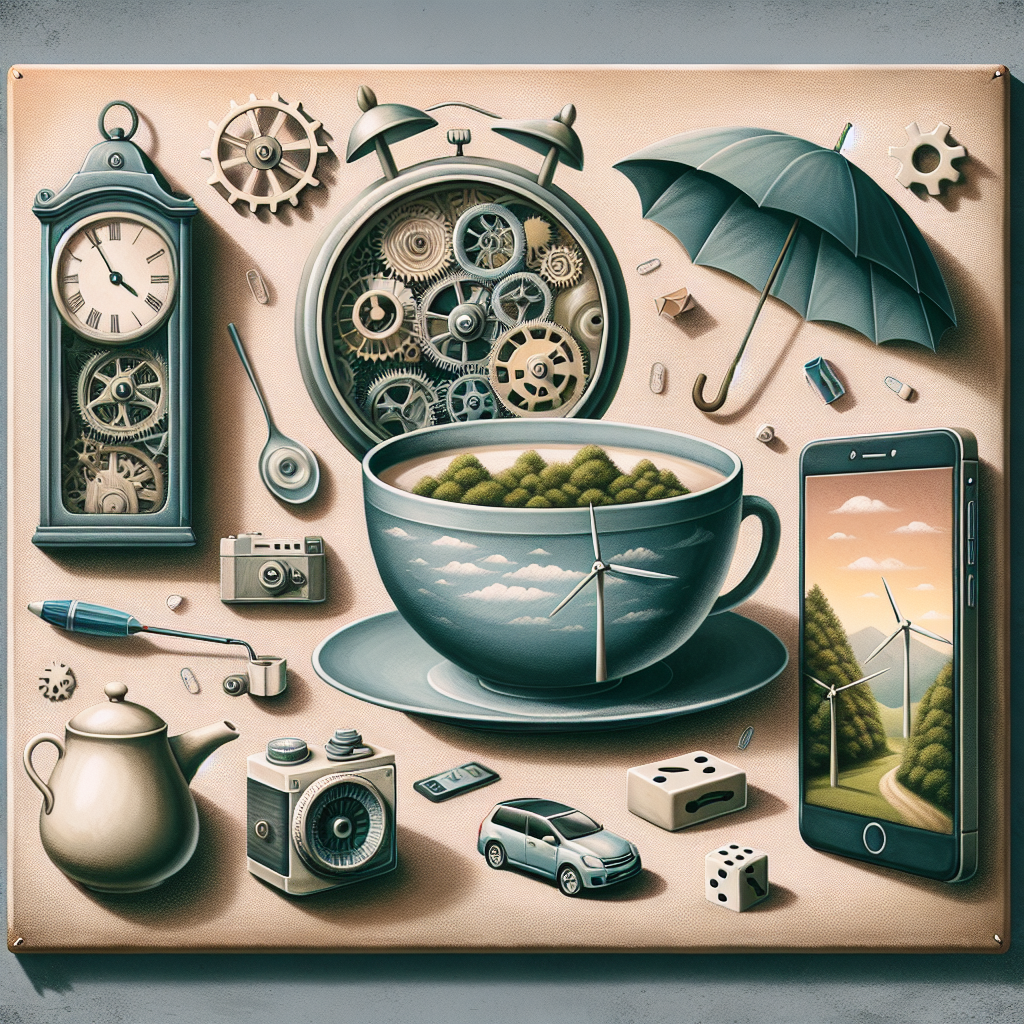The Mysteries That Surround Common Objects: Discovering What You May Not Know
Everyday objects are often taken for granted. They perform their function, and we rarely question the tales they might tell. Little did we know, these ordinary items possess intriguing hidden truths. This article will unveil some surprising revelations about items that you use daily.
The Unrecognized Versatility of the Paperclip
From Holding Pages to Unlocking Doors
While its name decidedly gives away its primary use, the paperclip is so much more than just a tool used to affix loose sheets of paper together. This tiny piece of bent wire is incredibly versatile and is often used as a makeshift tool in various scenarios. One lesser-known use is that it can be bent into a lockpicking device. While it’s not recommended to try illicit activities, it’s fascinating to know that it could serve such a purpose.
The Paperclip as a Symbol of Resistance
In a more inspiring and historical perspective, paperclips were used as a symbol of resistance during World War II. Norwegian citizens expressed their resistance against Nazi occupation silently but defiantly by wearing paperclips on their clothes. The paperclip represented unity and solidarity, traits vital for a nation standing against oppressors.
Bubble Wrap: More than Just Packaging Material
Originally a Wallpaper?
Everyone loves popping the bubbles of bubble wrap. Its purpose as a cushion for fragile items in transit is common knowledge, but you might be shocked to know that bubble wrap was first intended to be… a textured wallpaper! Yes, inventors Alfred Fielding and Marc Chavannes initially marketed their creation as a new form of wall covering in 1957, but for obvious reasons, it didn’t catch on.
Bubble Wrap Appreciation Day
Owing to the immense satisfaction derived from popping its bubbles, bubble wrap has now been celebrated with its own recognition day. Every last Monday of January is a day to appreciate and yes, pop bubble wrap.
Pencils: The Heritage of a Writing Instrument
The “Lead” in Your Pencil is Not Actual Lead
Despite popular belief, the “lead” inside your pencil is, in fact, not lead at all. The discovery of a large graphite deposit in England during the 16th century gave birth to the modern pencil. To protect this fragile and valuable graphite, it was encased in wood, creating our familiar friend, the pencil. The misnomer “lead” came from the Greek word “plumbago,” meaning “lead ore,” which graphite was believed to be.
Erasers as an Afterthought
When it comes to another fascinating pencil fact, it doesn’t involve the writing end but the other one. The eraser was not a standard feature on pencils until nearly 100 years after its invention. Before erasers, writers used soft bread crumbs to remove pencil marks.
The Secret Behind Barcode: All About the Bars and Numbers
Beginning and End Bars
Have you ever wondered why every barcode begins and ends with a longer line? This isn’t just a random design choice. These longer bars signal to the barcode scanner that it’s reading a barcode, kind of like quotation marks in text.
The First Barcode Product
The first-ever product scanned with a barcode was a ten-pack of Wrigley’s Juicy Fruit gum in an Ohio supermarket in June 1974. This pack of chewing gum marked the beginning of a revolutionary change in product tracking and inventory management.
By having a second look at everyday objects and discovering their hidden truths, we gain a newfound appreciation for their existence in our lives. From paperclips to barcodes, these items possess a rich historical significance and quirky niches that resonates their unique narratives.
